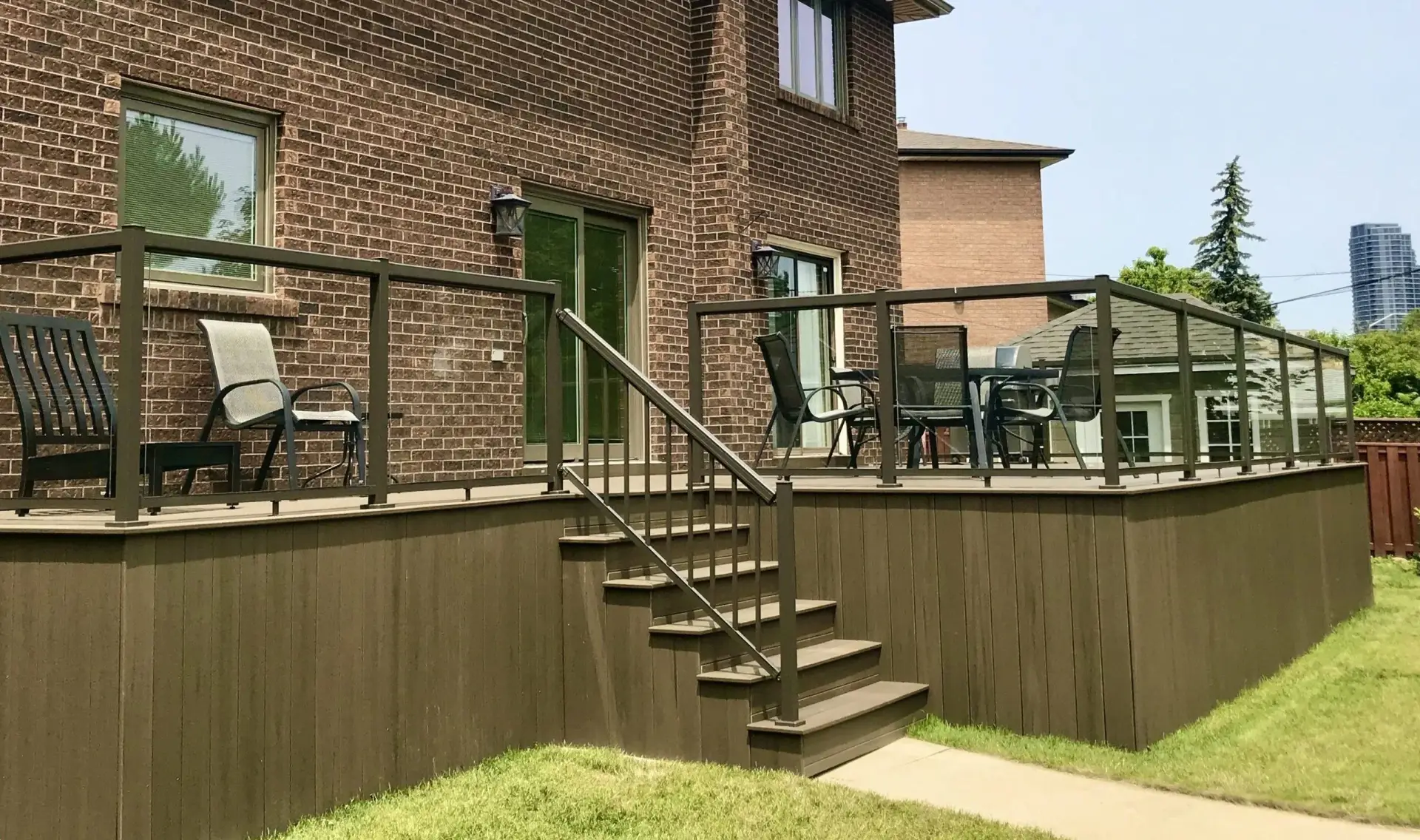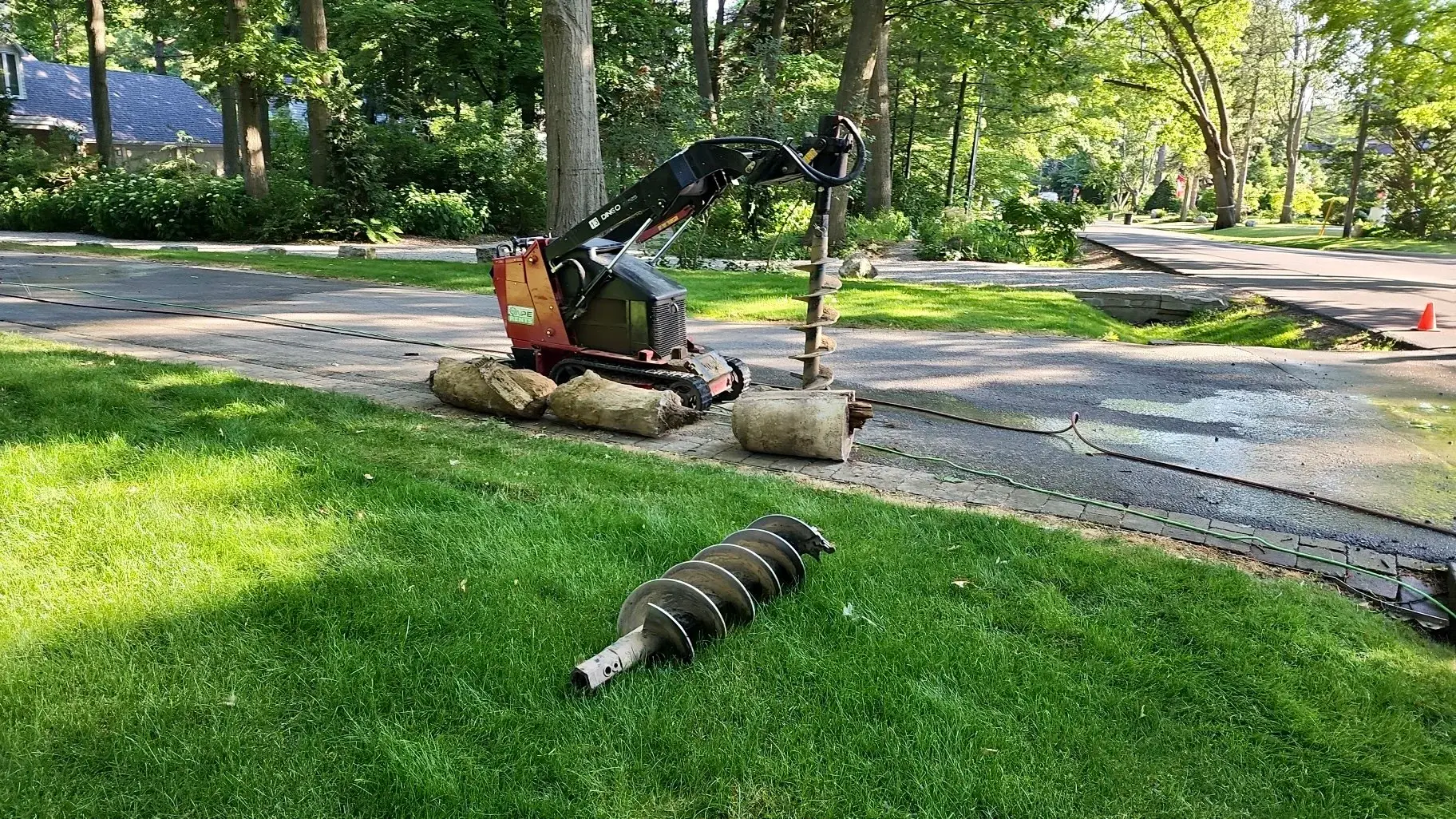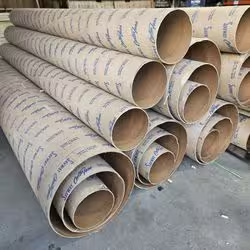Why the Size of Your Sonotube Matters More Than You Think
Welcome back to Digging Deeper with The Post Hole Company! If you’re preparing for a deck or footing installation, you’ve probably heard about Sonotubes, those essential cardboard forms that help create sturdy concrete footings. But here’s something most people—and even some sales staff at your local home improvement store—don’t know: the size printed on the Sonotube isn’t always the actual size of the product you’re buying.
This can be a serious problem if you’re not careful, especially when it comes to ensuring a perfect fit into the post hole. Today, we’ll explain why Sonotube sizing matters, how these tubes are manufactured, and why you should always double-check before making a purchase. Picking the right size isn’t just a small detail—it can affect the integrity of your entire structure. Type 1 and Type 2 or Small and Medium is what you’re after to ensure a snug fit.
How Sonotubes Are Manufactured
The confusion about Sonotube sizing lies in how they are manufactured. Sonotubes are created by wrapping cardboard around a large cone. This process results in three categories of tubes—small, medium, and large—all of which are stamped as the same diameter size, but in reality, they are slightly different.
Here’s why:
When cardboard is wrapped around the cone, variations in the number of wraps and pressure applied during manufacturing can result in a tube that’s either slightly under or slightly over the labeled diameter. This means that two tubes both labeled as 8 inches in diameter may actually have outer diameters that range from 7.75 inches to 8.75 inches.
Why Larger Sonotubes Cause Problems
Let’s start with why choosing the right Sonotube diameter is so important. When a Sonotube is too large for the hole, it can affect the stability of your footing, potentially violating building code requirements. For example, if our team drills an 8-inch hole for your footings, and you mistakenly buy a Sonotube that is stamped “8 inches” but is actually larger by as much as an inch, this creates a significant problem. The tube won’t fit snugly, meaning we would either have to widen the hole (not ideal), or worse—backfill with dirt around the tube.
Why is this an issue?
Building codes require that footings be placed on undisturbed soil to ensure long-term stability. Backfilling with loose dirt or gravel doesn’t provide the necessary foundation for the footing and can compromise the structural integrity of your deck or other outdoor structure. Essentially, the footing would be more prone to shifting over time—something you definitely want to avoid.
How to Select the Correct Sonotube
Now that you know about the variations in size, how do you choose the right Sonotube for your project? The key is to always measure the outer diameter of the tube before purchasing. We recommend selecting a tube that fits snugly in the hole without needing to widen it. In fact, it’s best to choose the smaller or medium-sized tube to avoid needing to backfill.
If you find that the tubes available to you are on the larger side, ask your supplier if you can swap for smaller options or double-check the measurements with a tape measure. Remember, an exact fit ensures your footings are secure and meet building code requirements.
Conclusion
Selecting the right Sonotube size is crucial to ensuring the long-term stability and safety of your project. Don’t rely solely on the size printed on the tube—take the extra time to measure the actual outer diameter of each tube. This small step can save you from costly issues down the road and ensure that your deck, pergola, or other structure is built on a solid foundation.
At The Post Hole Company, we drill holes with precision, ensuring the perfect diameter for your footings. Let us help you with your next project, and remember, when in doubt—always measure!







